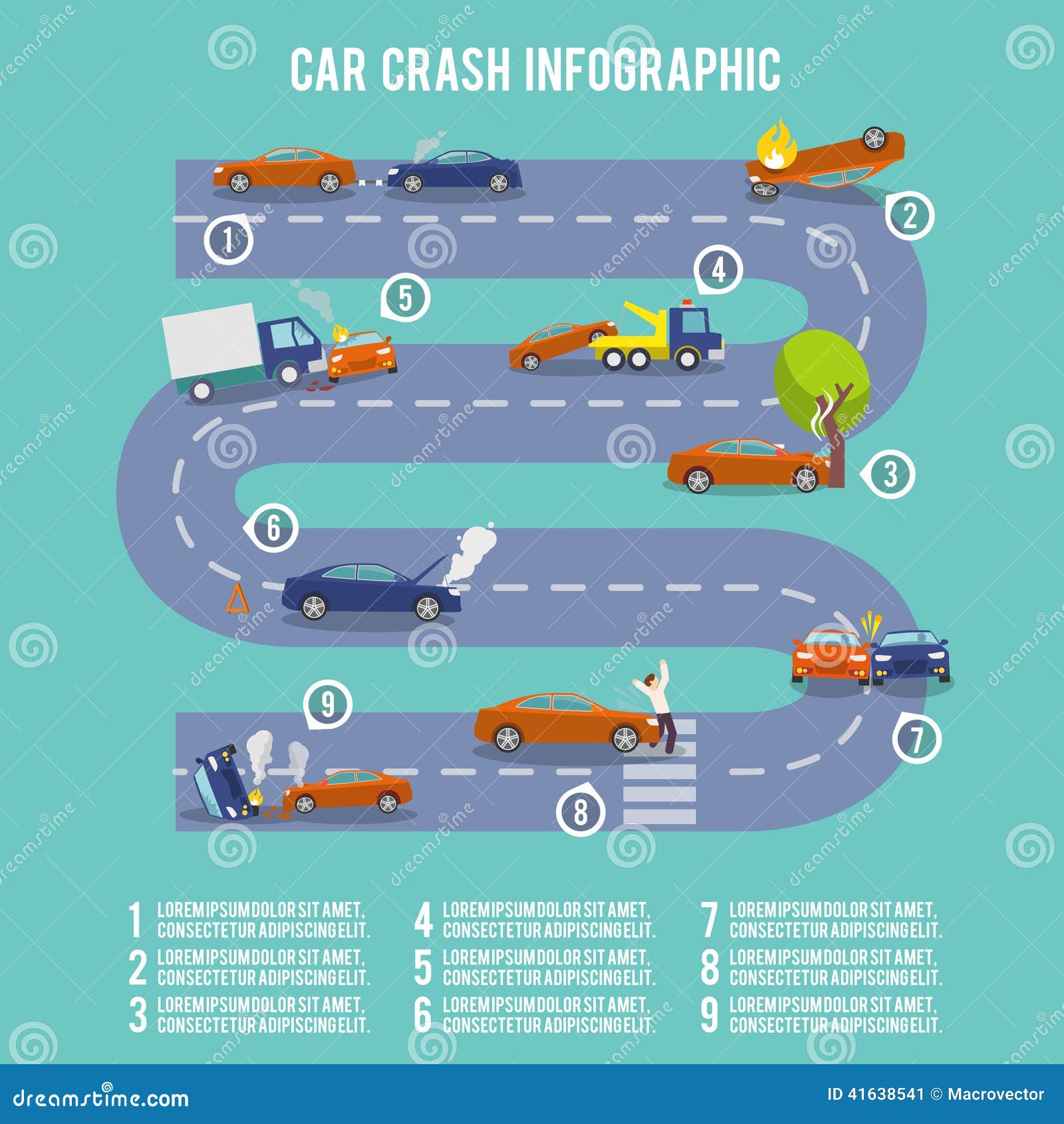Translating Your Car'S Alert Lights: Their Real Ramifications
Translating Your Car'S Alert Lights: Their Real Ramifications
Blog Article
Author-Hartley Dalgaard
When you lag the wheel, those glowing caution lights on your control panel can be a bit puzzling. Do you know what they're trying to tell you about your automobile's wellness? Comprehending the value of these lights is essential for your safety and security and the longevity of your car. So, the next time one of those lights pops up, wouldn't you intend to decipher its message properly and take the needed actions to address it?
Common Warning Lighting and Interpretations
Determine typical caution lights in your vehicle and understand their meanings to ensure safe driving.
The most common caution lights include the check engine light, which indicates problems with the engine or exhausts system. If this light comes on, it's critical to have your automobile examined promptly.
The oil pressure cautioning light suggests low oil pressure, requiring prompt attention to avoid engine damage.
A blinking battery light could suggest a malfunctioning billing system, possibly leaving you stranded if not dealt with.
The tire stress tracking system (TPMS) light alerts you to low tire pressure, affecting automobile stability and fuel efficiency. Ignoring this can lead to hazardous driving conditions.
The abdominal light suggests a problem with the anti-lock braking system, compromising your capacity to stop quickly in emergencies.
Finally, car cleaning shop advising light warns of engine overheating, which can cause severe damages otherwise settled swiftly.
Recognizing these usual caution lights will certainly aid you deal with concerns quickly and keep risk-free driving problems.
Value of Prompt Attention
Understanding the common caution lights in your cars and truck is only the initial step; the value of immediately dealing with these warnings can not be highlighted sufficient to guarantee your security when traveling.
When a warning light illuminates on your dashboard, it's your car's way of communicating a potential issue that needs focus. Neglecting these warnings can cause a lot more severe problems down the road, compromising your safety and potentially costing you much more out of commission.
Trigger attention to cautioning lights can protect against break downs and accidents. For example, a flashing check engine light might show a misfire that, if left unattended, can cause damage to the catalytic converter. Addressing this without delay can conserve you from a pricey repair service.
Likewise, a brake system advising light may signal low brake fluid or worn brake pads, critical components for your security when driving.
DIY Troubleshooting Tips
If you see a warning light on your dashboard, there are a few DIY troubleshooting pointers you can try prior to seeking professional assistance.
The very first step is to consult your vehicle's handbook to understand what the details caution light shows. Sometimes the issue can be as straightforward as a loosened gas cap triggering the check engine light. Tightening up the gas cap may deal with the problem.
An additional typical issue is a reduced battery, which can activate different warning lights. Inspecting informative post for corrosion and ensuring they're protected might deal with the problem.
If a caution light lingers, you can try resetting it by detaching the auto's battery for a couple of mins and then reconnecting it. Additionally, inspecting your car's liquid levels, such as oil, coolant, and brake fluid, can aid repair warning lights connected to these systems.
Verdict
Finally, understanding your cars and truck's warning lights is essential for maintaining your car running smoothly and safely. By immediately resolving these signals and knowing what they suggest, you can prevent pricey repair work and prospective malfunctions.
Bear in mind to consult your car's manual for certain details on each advising light and do something about it as necessary to make certain a hassle-free driving experience.
Remain informed, stay safe when traveling!
